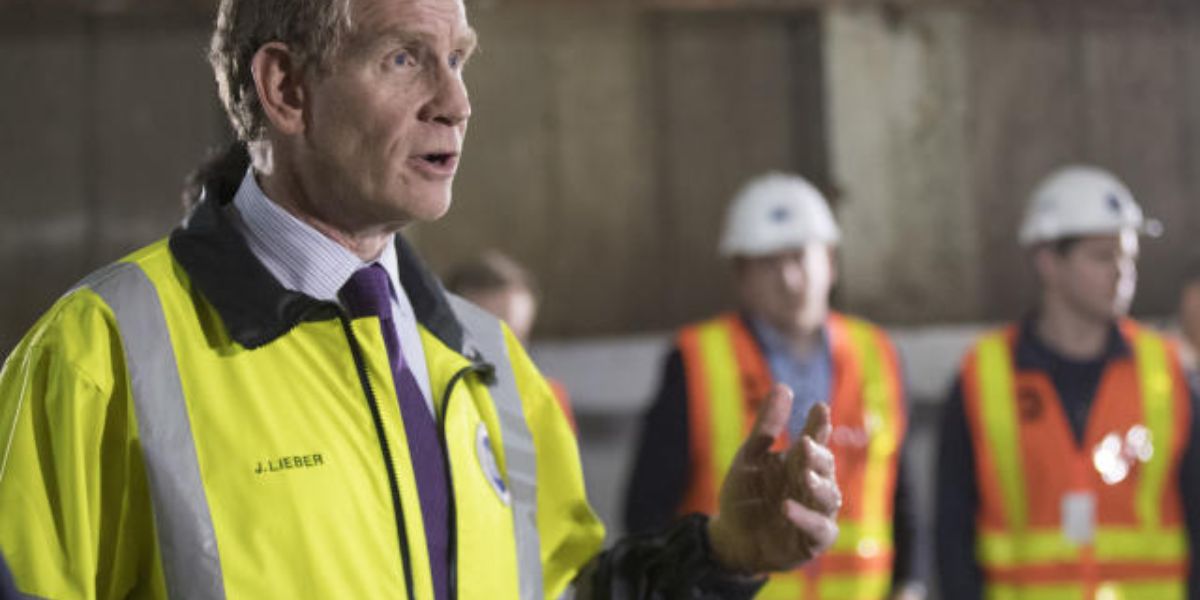MJP –
A new report from Redfin reveals that property tax bills have surged since 2019 across nearly all major U.S. metropolitan areas, with New York and New Jersey facing the steepest increases.
Nassau County, NY, leads the nation with the highest median monthly property tax bill at a staggering $905. Following closely are Newark, NJ ($848), New York City ($821), San Jose, CA ($782), and New Brunswick, NJ ($706).
In contrast, the lowest median monthly property tax bills are found in Sun Belt cities, including Phoenix ($151), Nashville, TN ($152), and Charlotte, NC ($157), where effective property tax rates are generally below 0.5%.
The financial strain is particularly acute for New Yorkers, who allocate an average of 10% of their monthly income to property taxes—the highest percentage among major metros. Newark follows with 9%, while Austin, TX, Nassau County, and New Brunswick each require about 8%.
Despite these burdens, the typical U.S. homebuyer spends 4% of their income on property taxes, a figure that has remained relatively stable since 2019.
As rising property tax bills continue to challenge homebuyers in New York and New Jersey, the disparities between regions highlight the growing financial pressure in the Northeast compared to more affordable areas in the South and West.

As the cost of living continues to rise in the Northeast, homeowners in New York and New Jersey are grappling with another significant financial burden: soaring property taxes.
A recent report highlights that the median monthly property tax bill in these states has hit an eye-watering average of $905, making them among the highest in the nation. This trend has far-reaching implications for residents, local economies, and the overall housing market.
Understanding the Burden of Rising Property Taxes
In both New York and New Jersey, property taxes are a primary source of funding for essential services such as public education, infrastructure, and emergency services. However, the rising property tax rates have become a growing concern for many homeowners, especially those who are already struggling to make ends meet in a high-cost living environment.
Highlight! Parents of Newborns Could Receive $6,000 Child Tax Credit Under New Proposal
The factors contributing to this rise in property taxes are multifaceted, including increasing property values, heightened demand for housing, and budgetary pressures on local governments. In many areas, assessed property values have skyrocketed due to a competitive real estate market, leading to higher tax bills even for homeowners who have not made significant changes to their properties.
The Impact on Homeowners
- Financial Strain: For many homeowners, a monthly tax bill of $905 can take a substantial bite out of their household budgets. This figure translates to nearly $10,860 annually, a significant expense that can strain finances, especially for families with fixed or lower incomes.
- Home Affordability Challenges: The rising tax burden can exacerbate existing affordability issues. Prospective homebuyers may find themselves priced out of the market as property taxes continue to climb, forcing them to seek homes in areas with lower tax rates or to abandon their plans altogether.
- Increased Stress and Uncertainty: The unpredictability of property taxes adds an additional layer of stress for homeowners. With local governments often adjusting tax rates in response to budgetary needs, homeowners may find it challenging to predict their future financial obligations.
Why Are Property Taxes So High?
Several key factors contribute to the high property tax rates in New York and New Jersey:
- Educational Funding: Both states rely heavily on property taxes to fund public schools. This reliance places significant pressure on homeowners to contribute to educational initiatives, which are often funded through local property taxes.
- Local Government Budgets: Municipalities in New York and New Jersey face increasing costs for public services, infrastructure maintenance, and employee salaries. As budgets tighten, local governments may resort to raising property taxes to meet their financial obligations.
- High Property Values: Rapidly increasing property values, particularly in urban areas, have led to higher assessments. As homes become more valuable, the property taxes associated with them naturally rise.
The Response from Homeowners and Lawmakers
In response to the escalating property tax burden, homeowners and advocacy groups are calling for reform. Some potential solutions include:
- Property Tax Caps: Advocates suggest implementing caps on property tax increases to protect homeowners from sudden spikes in their tax bills. This could provide some predictability and relief for families already stretched thin.
- Enhanced Exemptions: Expanding property tax exemptions for seniors, veterans, and low-income families could help alleviate the financial strain on vulnerable populations.
- Reassessing Property Values: Ensuring fair assessments of property values can prevent disproportionate tax burdens on homeowners. Regular audits and transparent assessment processes can help maintain equity in property taxation.
Conclusion
The rising property tax bills in New York and New Jersey pose a significant challenge for homeowners already grappling with a high cost of living. With a median monthly tax bill reaching $905, the financial implications are clear, affecting budgets, home affordability, and overall quality of life.
As communities and policymakers seek solutions, the conversation around property taxes will undoubtedly play a crucial role in shaping the future of housing and economic stability in the region.
For now, homeowners must navigate this complex landscape while advocating for reforms that ensure fair taxation and financial relief.




